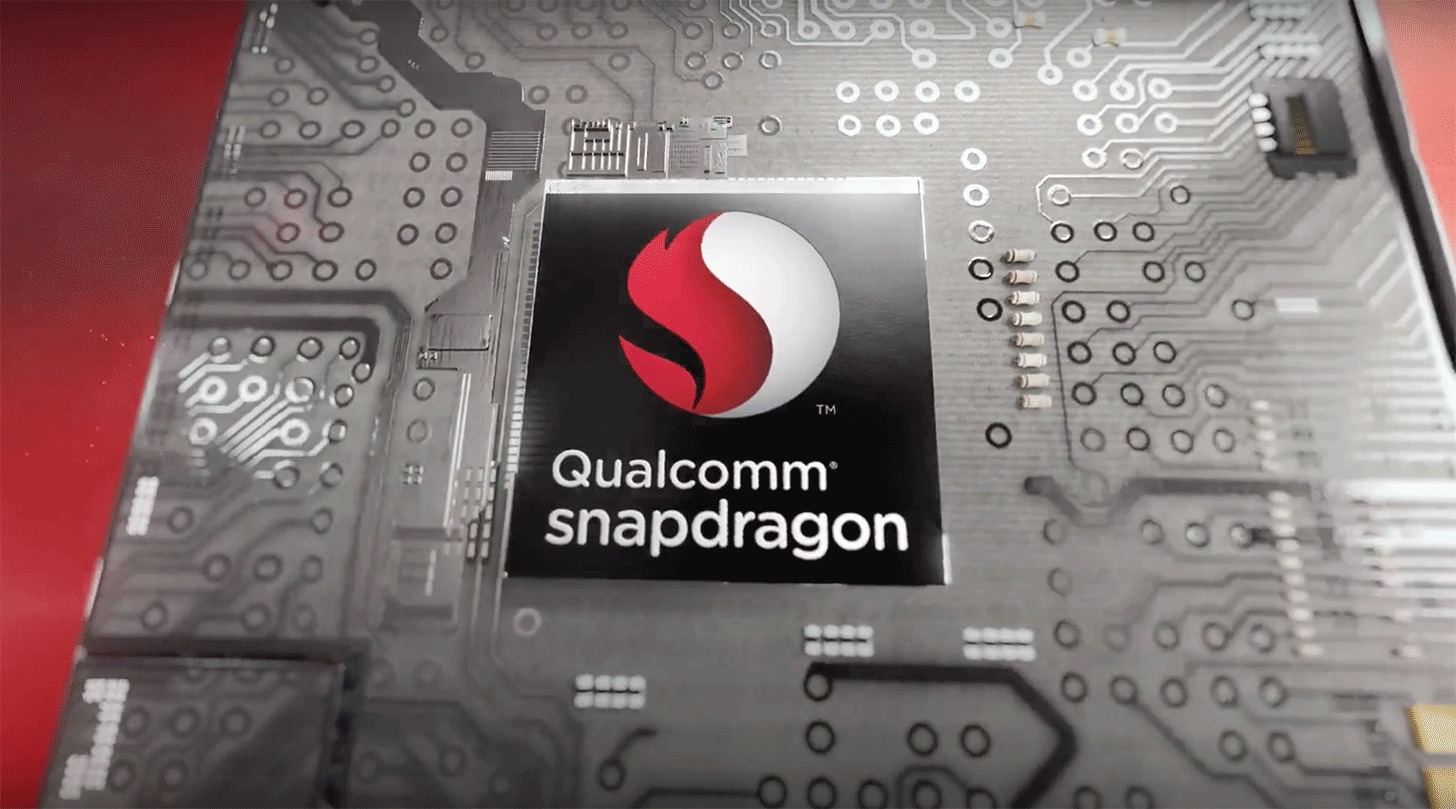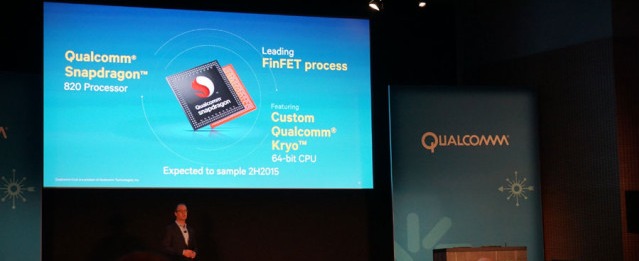
A DSP – digital signal processor – is that part of your processor which processes real world signals, such as the digital audio signal from your microphone, the digital image signal from your camera, and the digitized information from your sensors. At some points, these DSPs are always on – that is why you need powerful and efficient DSPs to process these data efficiently. Enter Qualcomm’s new Hexagon 680 DSPs for the upcoming Snapdragon 820 processor.

DSPs are essential to an SoC (system-on-a-chip) because they handle stuff that are usually redirected to them from the main processor so as to speed up the whole operation, while consuming less power than the main CPU. The Hexagon DSP was built with this process in mind, and Qualcomm says we will be seeing a lot of it in the upcoming SD820 chip.

The new Hexagon 680 DSP will feature low power operations for “always on” sensors, such as your phone’s step counters and sensor-assisted positioning (activated when you have low GPS signal). Lower power consumption for these always means more battery for other tasks. Also, the Hexagon 680 DSP will have advanced hardware for your camera – including better lighting and image processing of low-light photos, all faster than the current DSP technology and consuming only 10% of the power.

This is why the next generation Snapdragon processors can boast of better battery life and faster processes as a whole. Qualcomm says that most SD820 devices will probably start appearing late Q1 of 2016 – so we have to wait until then to see real world implications of this new DSP technology.
SOURCE: Qualcomm









